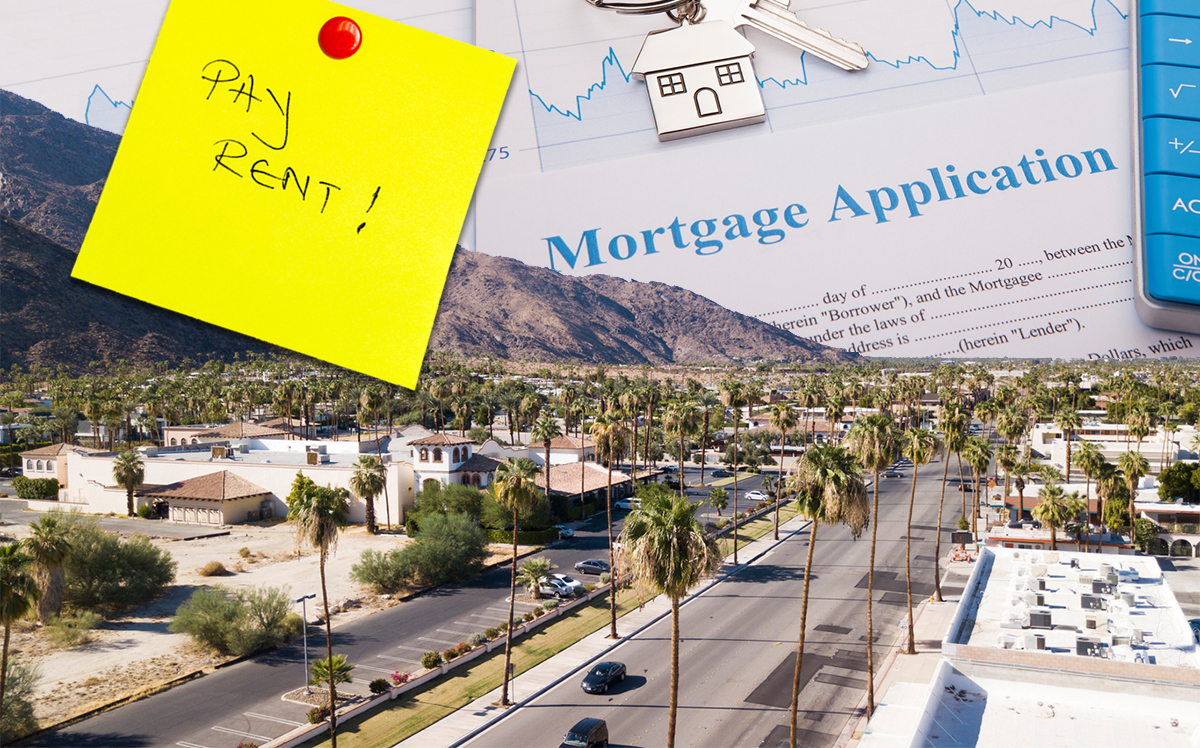Trending
Inside the murky world of residential land leases
Homes can be affordable on the surface, but fees and regulatory issues are a reason for buyers to think twice

Palm Springs, California might be the ground lease capital of America. There are more than 7,600 land leases in the desert city, mostly owned by members of descendants of local Native American tribes. But for buyers, this can create some odd complications.
For example, a three-bedroom home in Palm Springs can be had for $875,000. But it doesn’t end with the mortgage payments: the new owner of the home will also have to pay $5,000 a year in fees to the owner of the land beneath the home, according to the Wall Street Journal.
Most of the leases were written between the 1960s and the 1980s for 65-year terms, which means some are coming to an end fairly soon. The Bureau of Indian Affairs has to approve renewals, which are typically for 25- to 34-year terms.
In 2016, The Real Deal examined the residential ground-lease issue in New York City, where there are some 100 land-leased co-op buildings in the city. As you might expect, renegotiating the land lease can push carrying charges and new mortgages out of the range of its residents. A handful of co-op owners at Trump Plaza, for example, were squeezed out after the board decided to buy the building’s land lease for $190 million.
Land leases are used for commercial properties as well. Several large office buildings in Manhattan have land leases, including the iconic Chrysler Building. Many face rent hikes that can drive off would-be buyers, making it harder for owners and agents to move properties.
[WSJ] — Dennis Lynch




